A retired ship-rigger in England has issued a plea to retired boatbuilders in north-east Scotland for tips and insights into how to build a replica Scottish Zulu fishing vessel.
Nigel Gray, 70, is looking for the inside track on how north-east fishing boats, both cruiser and transom-sterned, were planked and decked with the boatyards’ famous speed and efficiency.
The project Nigel is involved with is run by Blyth Tall Ship, a charity based in Blyth, Northumberland.
Their aim is to provide opportunities to enhance or learn new skills in a marine environment.
Blyth has capacity for general woodworking and boat repair, but building a replica 35ft Scottish Zulu is its most ambitious project yet.
Zulus, named after the Zulu War going on in South Africa at the time, were invented by Lossiemouth man William Campbell, with a radical and innovative design.
They had a long deck and shorter keel, making them fast and manoeuvrable, ideal for the fishing fleet.
Nigel said: “Blyth Tall Ship chose to build a Zulu because of its sailing capabilities.
“They were said to be very fast and handled well.
“The replica will be lug-rigged as were the originals.
“The construction method, carvel planking on oak frames is almost universally adopted for boats of the size, 45ft.
“It was the method used by most Scottish fishing boat builders for boats over about 25ft until the cessation of wooden fishing boat building.”
The peak of technology
From the 1880s to the 1920s Scottish Zulus represented the peak of fishing boat technology just before the advent of steamboats, says Linda Fitzpatrick of the Scottish Fisheries Museum in Anstruther.
In 1979, the museum embarked on a 20 year rescue operation to save and restore the sole surviving large Zulu, Research (LK62).
It started life as Heather Bell (BF 1206) by W & G Stephen of Banff for three Macduff fishermen, and saw long service in the herring fisheries until its last season in 1968, before eventually being rescued and restored by the Anstruther museum.
Linda said: “The Zulu heyday was a short window, but has a lot of romance around it. By building the replica, the Blyth project will get to know a lot that may have been lost about how it was constructed.”
Nigel became involved with the Blyth charity after retirement to pass on his rigging skills to trainees as a pathway to employment.
Can you help?
The framework of the Zulu is now completed, and the planking-up is about to start—and that’s where Nigel is hoping for help from skilled north-east boat builders.
He put it like this: “Anyone could build a boat, given time. And you could build a block of flats out of the books available on boat-building.
“But they all miss the point we’re most interested in, which is how to plank quickly and efficiently, and no-one did it better than the north-east yards.
“If wooden boat-building is going to be maintained in future, it needs to be viable and that means fast and efficient.
“Although Zulus haven’t been built for many decades, the same rules apply to the kind of boats the north-east boat builders were renowned for.”
Nigel’s personal interest is in the design and construction of Scottish fishing vessels from the 1940s to the 1980s.
He said: “Although much has been written recently about the yards and their histories with photos of masses of completed boats, little is recorded about the process of construction which enabled such iconic boats to be completed to high standards in such short timescales.
‘The output of Scottish boatyards was frankly amazing’
Nigel acknowledges that some boatbuilders continue to turn out classic wooden craft to high standards today.
He said: “However, there exists a knowledge gap which needs to be filled so as to make the construction of wooden boats as competitive as possible.
“This should then mean that the craft can continue for years to come.
“Without being too technical at this point, it would be great to hear from people who were proficient in design/lofting, framing up, planking and decking fishing boats both cruiser and transom-sterned.
Anyone have Lines plans?
“Any Lines plans, especially of older vessels would be very interesting to see. ”
From his own experience, Nigel reckons there’s much unwritten knowledge to be passed on to today’s boat-builders.
“I’ve operated workboats and fishing boats around the UK, and later developed my rigging skills to became a specialist in producing hand-made rigging for sailing ships and yachts.
“I specialised in hand-splicing wire rope for all types of application.
“I worked on my own and devised my own tools to be able to do that, like special rigs and clamps so I could work quickly, single-handed.”
Any knowledge provided by P&J readers will be put into factsheets by Nigel, for use initially by trainee boatbuilders but also to contribute to preserving a legacy of important jobs now in decline.
Nigel is happy to be contacted on 07834 693812 or by email at nigel151@aol.co.uk
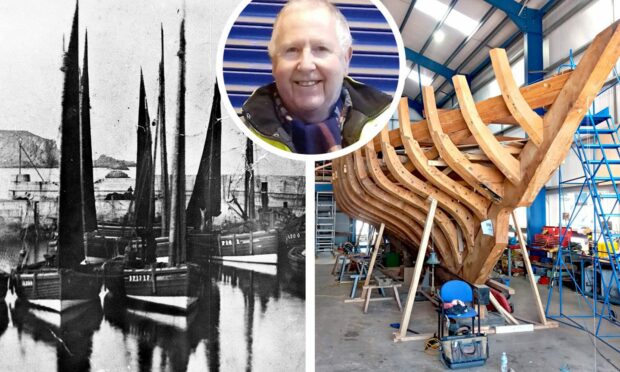
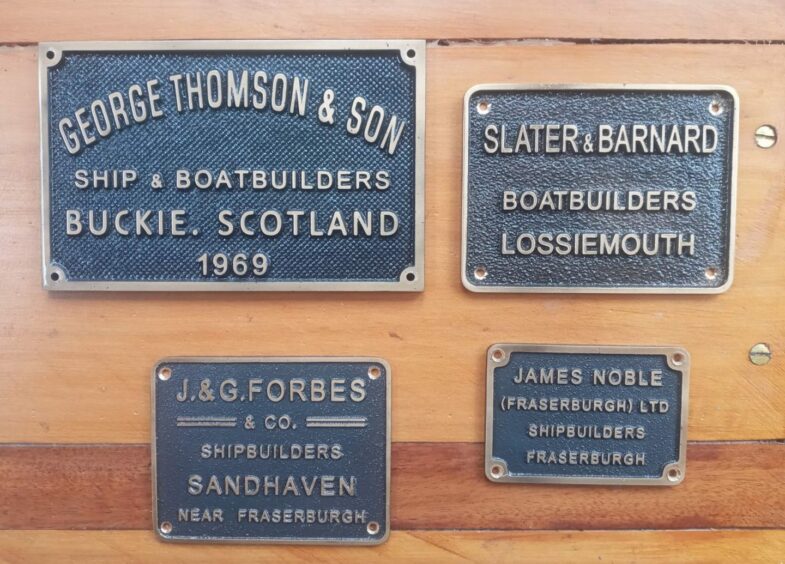
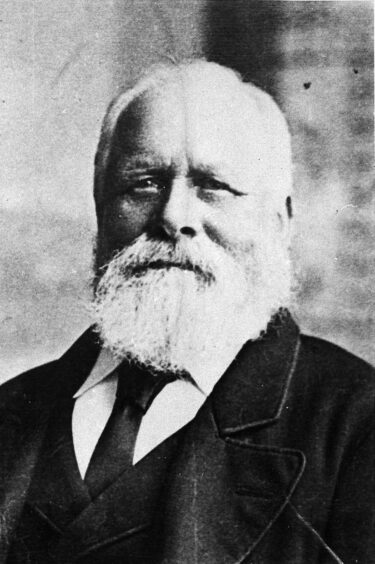
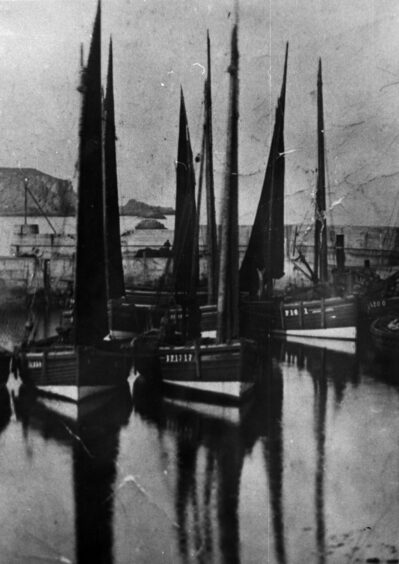
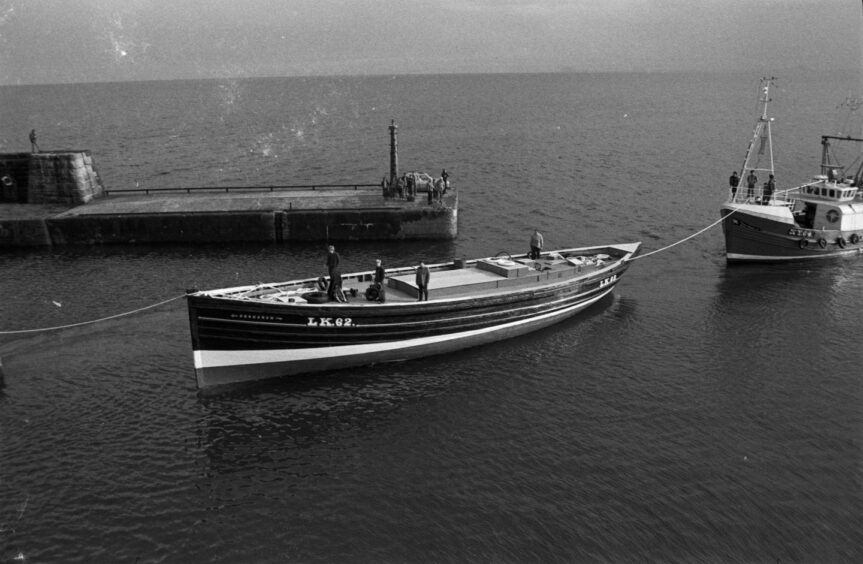
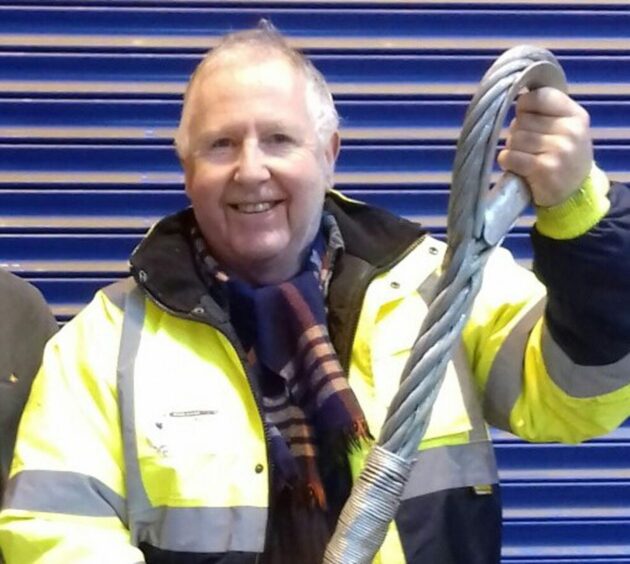
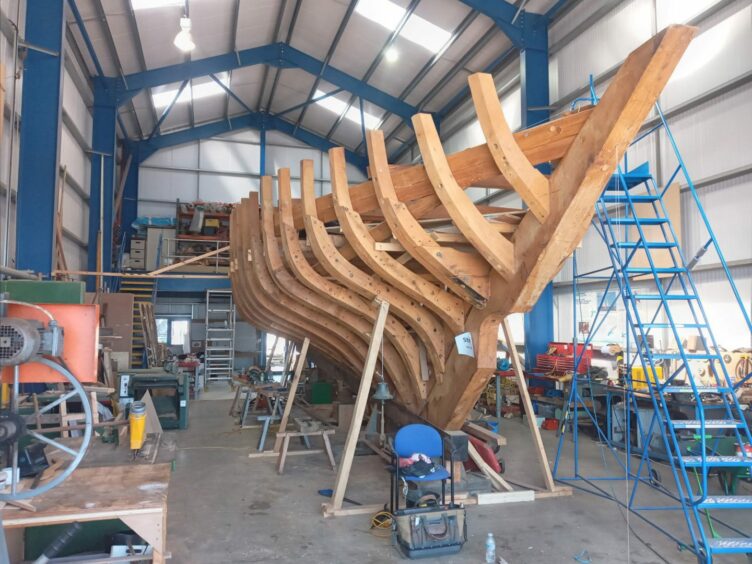
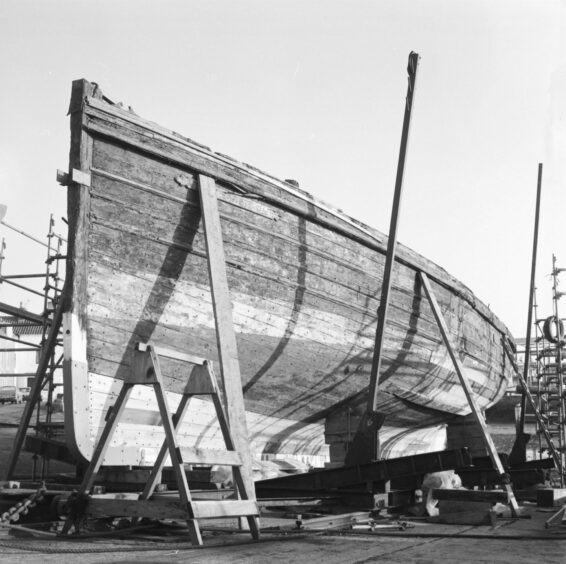
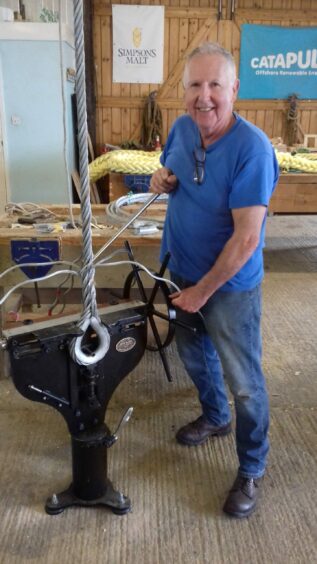
Conversation